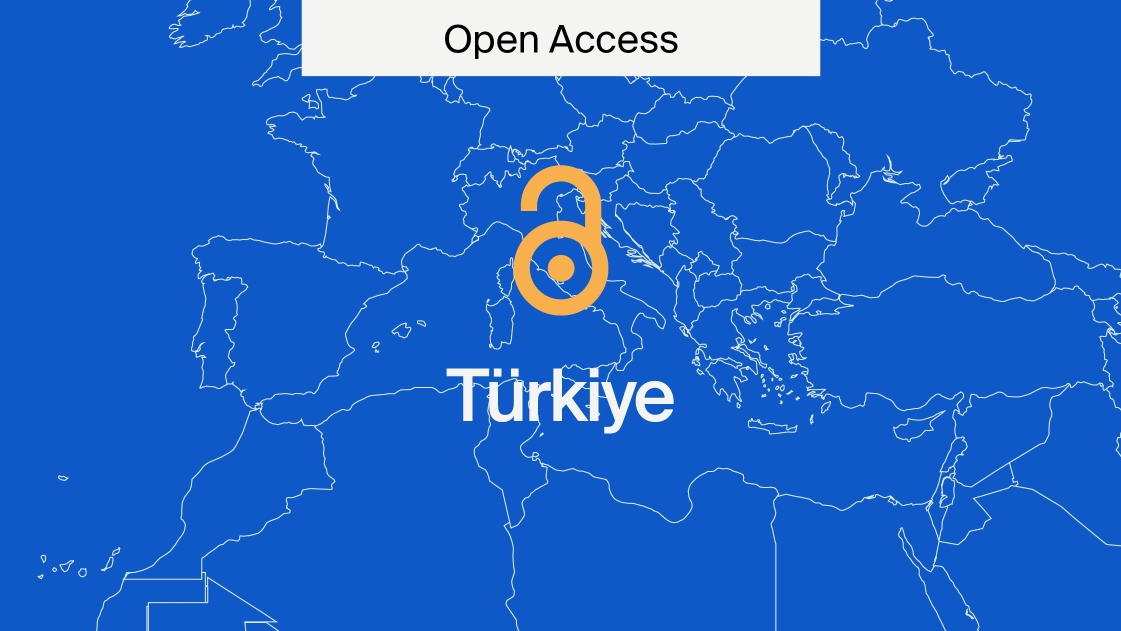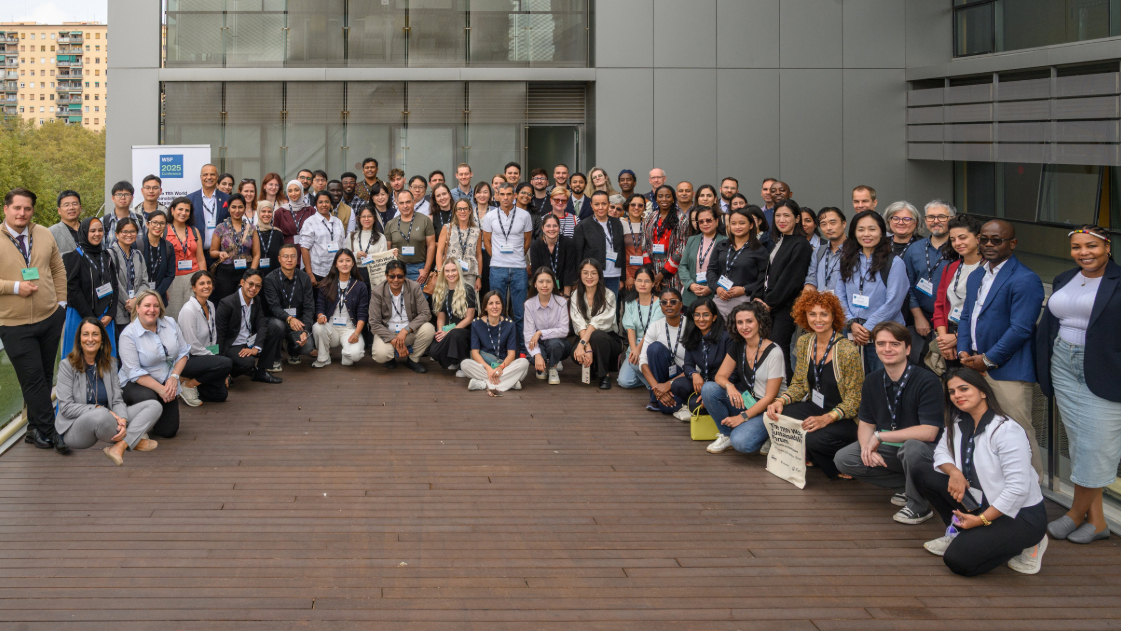
The Future of Preprints
If preprints are the way forward, we have to wonder what their future will look like.
Over the last 30 years, there’s been an increase in the number of preprints published in academic journals. This indicates a shift in attitudes within academia towards their usefulness.
Shifting attitudes
The idea of publishing research that has not been peer reviewed is, at first instance, worrying. In fact, this issue has affected preprints since they were first used.
In 1961, the National Institute of Health (NIH) established the Information Exchange Group to disseminate research memos. Of the more than 2500 memos circulated by mail by the time the project was shut down in 1967, around two thirds were what we’d now recognize as preprints. Due to the lack of peer review, a number of journals at the time decided against publishing manuscripts that had been previously released as IEG memos, stating that IEG memoranda were not citable in published papers. This concern over the verifiability of information led to the discontinuation of IEG memos altogether.
However, researchers are finding ways to utilize preprints in meaningful and rewarding ways today. In fact, since 1991, arXiv, a preprint repository, has been used by physicists and mathematicians to publish preprints. The acceptance of preprints in these fields has encouraged their use in other disciplines, and there’s greater scope today for the publication of preprints.
Considering preprints
Preprints aren’t simply publications that aren’t peer reviewed. Rather, we can better understand preprints by shifting our focus. Preprints provide greater room for discussion, allowing experts in specific fields to look at a researcher’s methods and preliminary results and make recommendations. Even more useful is the potential for collaboration once research is out there.
As preprints are checked for authenticity and verifiability by publishing platforms, there is a level of reliability. For example, preprints.org adheres to the Committee on Publication Ethics (COPE) guidelines as part of its screening process, showing that research integrity is key to the publication of preprints in major repositories.
Broadening understanding
Due to the increased use of preprints, a number of webinars have been hosted to provide education on the topic . For example, the European Bioinformatics Institute recently launched a webinar series to provide information on preprints. MDPI also hosted a webinar on the topic, highlighting use cases for preprints and the benefits of publishing preprints that are open access. Raising awareness about preprints isn’t just important for researchers. By providing information to the general public, and by understanding preprints and their potential pitfalls and benefits, preprints can be used more effectively.
As noted in the 2021 UNESCO Recommendation on Open Science, preprints provide an innovative way to open up the scientific process and better exchange scientific information. The COVID-19 pandemic revealed just how quickly scientific information can change – and traditional publishing processes are not fully equipped to deal with the rapid exchange of information that is necessary during such periods. So, by improving people’s understanding of preprints, more conversations can be had about how best to use them.
The future use of preprints
The future of preprints looks positive. On 9 February 2023, Clarivate added the Preprint Citation Index to the Web of Science platform. The Index is not part of the Web of Science Core collection; instead, preprints indexed in the Preprints Citation Index can be viewed alongside other research items. This means that preprints are viewable as part of researchers’ work through researcher profiles. And they are now more visible because of their availability on Web of Science.
Also, the indexing of preprints means that there’s greater transparency, as preprints can be evaluated in relation to other research items indexed through Web of Science. The use of disclaimers when a user opts to include preprints in a database search also helps with transparency.
The collection of preprints on Clarivate dates back to 1991 and covers five repositories, including Preprints.org
Preprints.org
Preprints.org is a multidisciplinary project and MDPI initiative. The platform helps researchers publish multidisciplinary preprints more easily.
If you’re interested in submitting your work as a preprint, have a look at the in-depth advice provided on the preprints.org website. Here, you can find out how to submit your preprint, any requirements you might need to meet, and more about the pre-review process.










